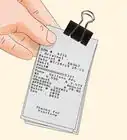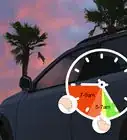This article was co-authored by Simon Miyerov and by wikiHow staff writer, Devin McSween. Simon Miyerov is the President and Driving Instructor for Drive Rite Academy, a driving academy based out of New York City. Simon has over 8 years of driving instruction experience. His mission is to ensure the safety of everyday drivers and continue to make New York a safer and efficient driving environment.
There are 13 references cited in this article, which can be found at the bottom of the page.
wikiHow marks an article as reader-approved once it receives enough positive feedback. In this case, several readers have written to tell us that this article was helpful to them, earning it our reader-approved status.
This article has been viewed 594,560 times.
With the price of fuel going up all the time, you’re probably more aware of how much it takes to fill up your car. Knowing your car’s fuel consumption can help maximize your fuel efficiency, but how do you calculate that? Well, you’ve come to the right place! In this article, we’ll tell you how to find your car’s fuel consumption with 2 simple formulas and give you tips on improving your fuel efficiency. Read on to learn more!
Things You Should Know
- Use the formula Distance Driven ÷ Fuel Used to find your car’s fuel consumption.
- Fill up your car’s gas tank and set your trip odometer to 0. Then, drive your car until your gas tank is empty.
- Refuel your car, recording the number of gallons or liters it takes to fill up your gas tank and the distance you drove from the trip odometer reading.
Steps
Finding Fuel Consumption
-
1The formula for fuel consumption is Distance Driven ÷ Fuel Used. A car's fuel consumption is a measure of the miles or kilometers driven per gallon or liter of fuel. If you know the distance you drove and how much fuel fits in your tank, simply divide the distance you drove by the amount of fuel you used to get your miles per gallon, or kilometers per liter.[1]
- The best time to record your fuel consumption is right after you fill your car with gas.
-
2Fill up your tank to full, then reset your trip odometer. Most cars have a trip odometer that measures the distance you travel on a single trip. To reset it to 0 and measure your distance traveled, just press and hold the small trip button on your car’s dashboard or center console. Set it to 0 when you fill up your car with gas and check it when you need to fill up again—this gives you your distance traveled since you last bought gas.[2]
- Your trip odometer will say "0 miles" or “0 kilometers.”
- If you don't have a trip odometer, record the number of miles or kilometers on your car as your "Starting Distance." For example, if your car has 10,000 miles or kilometers on it when you fill your tank, write "10,000."
Advertisement -
3Drive your car until the gas tank is empty. This calculation works regardless of how much gas is left in the tank. However, the more gas you use, the more accurate your fuel consumption calculation will be.[3]
-
4Refill your tank, recording how much gas it takes to fill up your car. Take your car to the gas station and completely fill up your gas tank. Then, note how many gallons or liters filled your gas tank back up. This is your "Fuel Used."[4]
- It’s important to refill your tank completely when calculating your fuel consumption. Otherwise, you don't know how much gas your car has used since your last tank.
-
5Record the distance on your trip odometer after you refuel. Once you’ve filled up your car at the gas station, record the miles or kilometers on the trip odometer. This is your "Distance Driven."[5]
- If you do not have a trip odometer, subtract your "Starting Distance" from your current odometer reading to find out how far you traveled. If your “Starting Distance” was 10,000 and your odometer now says 10,250, subtract 10,000. So, you drove 250 miles or kilometers on that tank of gas.
-
6Divide distance driven by fuel used to get your car's fuel consumption. This tells you how many miles or kilometers you drove per gallon or liter of gas that you used. For example, if you drove 335 miles before refueling, and you filled your car up with 12 gallons of gas, your fuel consumption was 27.9 miles per gallon, or mpg (335 miles / 12 gallons = 27.9 mpg).[6]
- If you use kilometers and liters, divide the fuel you used by the kilometers you traveled. Then, multiply the result by 100 to get "liters per 100 kilometers".
- You have to start with a full tank and fill your gas tank all the way back up to know exactly how much gas your car consumed.
-
7Practice calculating fuel consumption with an example. Terry's odometer reads 23,500 with a full tank of gas. After driving for a few days he needs to buy gas. The odometer reads 23,889, and it takes 12.5 gallons to refill his tank. What is his fuel consumption?
- Fuel Consumption = (Final Distance - Starting Distance) / Fuel Usage
- Fuel Consumption = (23,889 mi - 23,500 mi) / 12.5 gallons
- Fuel Consumption = 389 mi / 12.5 gallons
- Fuel Consumption = 31.1 mpg
Calculating Average Fuel Consumption
-
1Remember that fuel consumption changes based on your driving. For example, stopping and starting the car a lot uses more gas than driving at a constant pace. This is why highway consumption is usually less than city consumption.[7]
- Using cruise control can help you get better fuel consumption.
- Fuel consumption gets worse the faster you drive.
- Since AC burns gasoline, using it diminishes your fuel consumption.[8]
-
2Record multiple tanks of gas in a row to find average fuel consumption. To get a more accurate picture of your car's fuel consumption, gather more data. By driving over a longer period of time and averaging your fuel consumption, you eliminate outliers in your data.
- Say, for example, that you calculated your fuel consumption on a day that you drove into the mountains, which you don’t normally do. Climbing uphill uses more fuel, so your fuel consumption on that day is lower than it normally is.
-
3Set your trip odometer to 0 with a full tank of gas. After you fill up your car, use your trip button to set your trip odometer to 0. However, don't reset it back to 0 when you get a new tank of gas. When calculating average fuel consumption, you need to know the total distance you drove after refilling your car multiple times.
- If you don't have an odometer, record how many miles are on your car with a full tank of gas as your “Starting Distance.”
-
4Record how much gas you purchase each time you fill up. To get a more accurate measure of fuel consumption, you need to know how much gas you are using whenever you get more gas. Each time you fill up, write down the number of gallons or liters you purchased.
-
5Drive normally for several weeks. Calculate your average fuel consumption during an average month of driving, as big trips or unusual travel changes your fuel consumption. For a more accurate reading, wait until you’ve filled up your car at least 3-4 times, which is typically over the course of several weeks. Make sure not to reset your trip odometer as you drive.[9]
- You do not need to fill your car all the way up each time. All you need to do is record the number of gallons or liters you put in your car to calculate fuel consumption.
-
6Fill up your tank fully after driving for several weeks. When you are ready to calculate your fuel consumption, top your car off and record the number of gallons or liters you put in.
-
7Add up the number of gallons or liters of fuel that you bought. This represents the total amount of gas that you used over this period of time.
- If you filled up 3 times, once using 12 gallons, the other 3 gallons, and the last time using 10 gallons, your total gas usage is 25 gallons.
-
8Divide your total distance driven by total fuel used. Check your trip odometer to see how many miles you traveled from when you began recording your fuel usage. Then, divide the distance you traveled by the fuel you used to get your average fuel consumption. This shows your miles per gallon or kilometers per liter for your test period, which is a good estimate of your car's average fuel consumption.[10]
- For example, if you used 25 gallons of gas, and drove 500 miles during that time, then your average fuel consumption is 20 miles per gallon (500 miles / 25 gallons = 20 mpg).
-
9Know that your car's advertised mileage is often overestimated. By law, car makers must post the average fuel consumption for cars. However, these are only estimates, and they are frequently on the high end.[11] Your car's fuel consumption is available online at the United State’s Department of Energy website. To find your car's actual miles per gallon or kilometers per liter, you have to calculate it yourself.
- If your calculation is drastically different from the suggested average, get your car checked out by a mechanic. An engine issue or part malfunction may cause your car to use fuel less efficiently.
Maximizing Fuel Efficiency
-
1Use the air conditioner only when you need it. AC is powered by your car’s engine, so AC burns gas when you run it. This means you have less gasoline to drive with when you turn your AC on. When there’s a nice breeze outside, roll down your windows instead of turning on the AC. On really hot days, keep the AC on low or turn it off once your car is cool. This helps make your car more fuel efficient.[12]
- Running AC on max can decrease your fuel economy by almost 25%.
-
2Drive at the speed limit. The faster you drive your car, the more fuel you consume. This amount you use isn’t small, either—every 5 mph you drive over 50 mph is equal to paying $0.19 more for a gallon of gas.[13]
-
3Drive defensively. It takes more energy to start moving a car than to keep it moving. That means if you are constantly tailgating people, stopping and starting, or trying to pass, you're using far more fuel than if you were keeping an even pace.[14]
- Leave space between you and other vehicles so you’re able to come safely to a stop in case of an emergency.
- Brake and accelerate gently instead of slamming on either pedal.[15]
-
4Use cruise control when you’re driving for long, flat stretches. Cruise control keeps your car at a consistent and even speed. This avoids burning up fuel unnecessarily with small accelerations and stops.
-
5Avoid using rooftop cargo carriers. Rooftop cargo carriers greatly reduce your car’s aerodynamics, which slows down your car. Your slower speed means you have to use more fuel to get where you’re going. Instead of using a rooftop carrier, use a towing trailer or load up the inside of your vehicle. These are generally more fuel-efficient options.[16]
-
6Keep your tires well-inflated. If all 4 of your tires are low, your gas usage might lower by 0.3%. Check your tire pressure regularly and put air in them using an air pump. Most gas stations have air pumps for you to use. Then, simply inflate the tires up to the PSI recommended in your owner's manual.[17]
- Some cars list the proper tire pressure on a sticker on the driver's side door or the glove compartment.
-
7Replace your air filter. This is one of the cheapest and easiest ways to bump up your fuel efficiency. Buy the right filter for your car by bringing the make, model, and year to your local auto shop. An employee will help you find the right filter for your car, as every car needs a different filter.
- Replacing the air filter on newer cars doesn’t help as much with fuel efficiency. It will, however, make it easier for your car to accelerate without issues.[18]
-
8Turn off your car in traffic. Idling, or leaving your car on when it isn't moving, wastes gas. If you know you’re going to be stuck in the same spot for a while, cut off the engine to save your precious gasoline.[19]
Community Q&A
-
QuestionWhy does the AC consume gasoline?
 wikiHow Staff EditorThis answer was written by one of our trained team of researchers who validated it for accuracy and comprehensiveness.
wikiHow Staff EditorThis answer was written by one of our trained team of researchers who validated it for accuracy and comprehensiveness.
Staff Answer wikiHow Staff EditorStaff AnswerThe AC in your car is powered by the alternator in your engine, which uses gasoline to run. So, using your AC uses gas.
wikiHow Staff EditorStaff AnswerThe AC in your car is powered by the alternator in your engine, which uses gasoline to run. So, using your AC uses gas. -
QuestionWill driving a truck on a low gear save fuel?
 wikiHow Staff EditorThis answer was written by one of our trained team of researchers who validated it for accuracy and comprehensiveness.
wikiHow Staff EditorThis answer was written by one of our trained team of researchers who validated it for accuracy and comprehensiveness.
Staff Answer wikiHow Staff EditorStaff AnswerStaying in a lower gear actually increases your fuel consumption. So, to save fuel, put your car into a higher gear.
wikiHow Staff EditorStaff AnswerStaying in a lower gear actually increases your fuel consumption. So, to save fuel, put your car into a higher gear. -
QuestionI'm trying to do a fleet diesel consumption report and I don't know how to put all that in a spreadsheet. How can I go about it?
 wikiHow Staff EditorThis answer was written by one of our trained team of researchers who validated it for accuracy and comprehensiveness.
wikiHow Staff EditorThis answer was written by one of our trained team of researchers who validated it for accuracy and comprehensiveness.
Staff Answer wikiHow Staff EditorStaff AnswerUsing an excel spreadsheet or Google sheet, label the top of each column with the information you need to track. For example, your column labels might be "Date," "Odometer Reading," and "Amount of Fuel." When you refuel, simply enter the information under the correct column.
wikiHow Staff EditorStaff AnswerUsing an excel spreadsheet or Google sheet, label the top of each column with the information you need to track. For example, your column labels might be "Date," "Odometer Reading," and "Amount of Fuel." When you refuel, simply enter the information under the correct column.
References
- ↑ https://www.calculatorsoup.com/calculators/tools/gas-mileage-calculator.php
- ↑ https://www.fueleconomy.gov/mpg/MPG.do?action=calcMPG
- ↑ https://www.calculatorsoup.com/calculators/tools/gas-mileage-calculator.php
- ↑ https://www.fueleconomy.gov/mpg/MPG.do?action=calcMPG
- ↑ https://www.fueleconomy.gov/mpg/MPG.do?action=calcMPG
- ↑ https://www.fueleconomy.gov/mpg/MPG.do?action=calcMPG
- ↑ https://www.caranddriver.com/research/a31518112/what-is-good-gas-milage/
- ↑ http://www.fueleconomy.gov/feg/drive.shtml
- ↑ https://skywayholdings.com/news-single/easy-ways-to-calculate-fuel-consumption
- ↑ https://skywayholdings.com/news-single/easy-ways-to-calculate-fuel-consumption
- ↑ http://www.consumerreports.org/cro/magazine/2013/08/the-mpg-gap/index.htm
- ↑ http://www.fueleconomy.gov/feg/factors.shtml
- ↑ http://www.fueleconomy.gov/feg/driveHabits.jsp
- ↑ https://www.fueleconomy.gov/feg/factors.shtml
- ↑ http://www.consumerreports.org/cro/2012/01/how-to-save-money-on-gas/index.htm
- ↑ https://www.fueleconomy.gov/feg/factors.shtml
- ↑ http://www.fueleconomy.gov/feg/maintain.jsp
- ↑ http://www.fueleconomy.gov/feg/maintain.jsp
- ↑ http://www.lifehacker.co.uk/2014/06/26/hypermile-driving-secrets-max-petrol-mileage
About This Article
To calculate fuel consumption, start by writing down how many miles you have on your car and then filling up the gas tank. Then, drive your car around until the gas tank is nearly empty. When the tank is almost empty, refill it and write down how many gallons of gas you needed and how many miles you've driven since the last time you filled up. Finally, divide the number of miles you drove by the number of gallons you put in the tank to find how many miles per gallon your car gets. To learn how to find the average fuel consumption for your vehicle, scroll down!
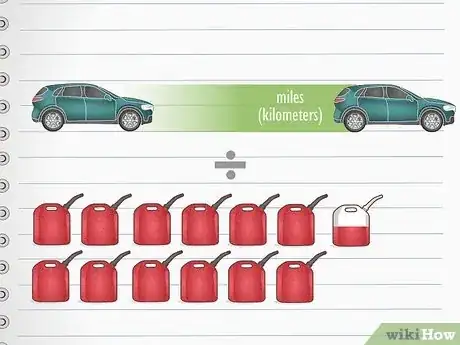
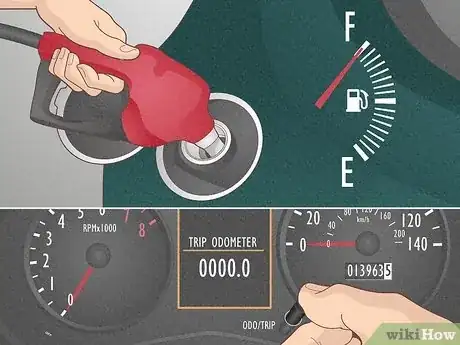
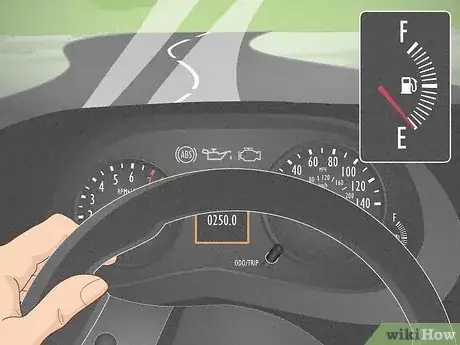
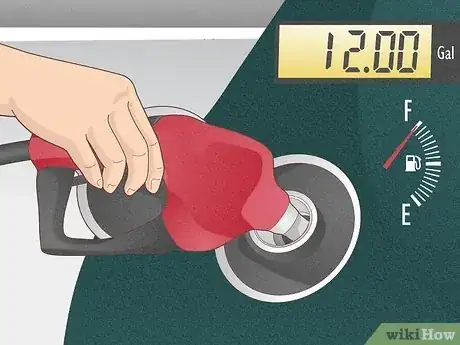
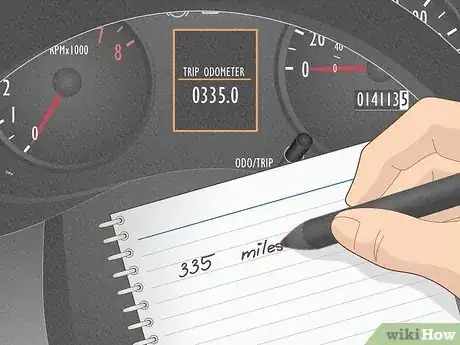
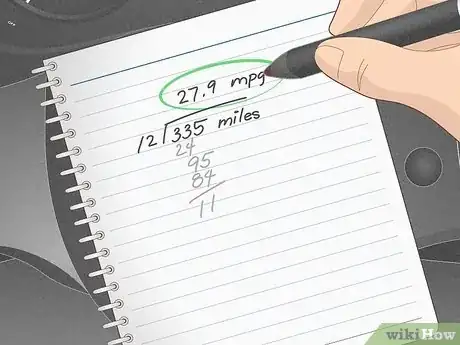
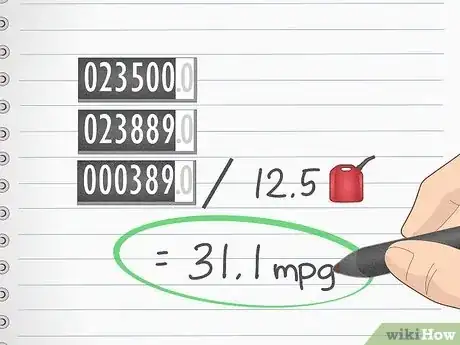
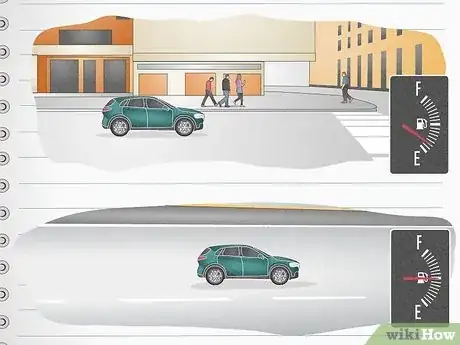
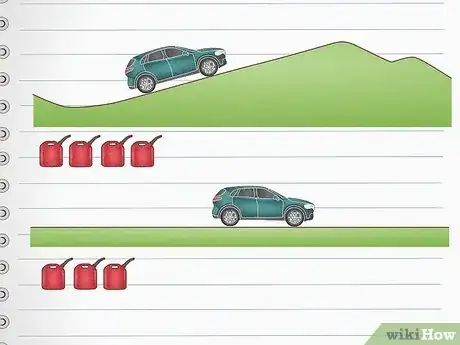


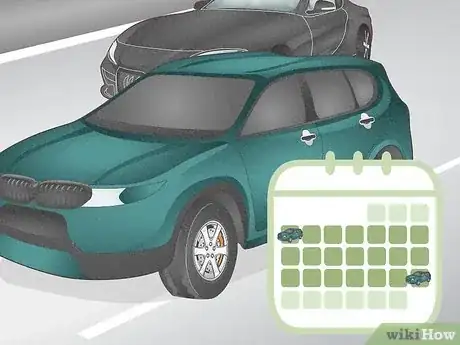
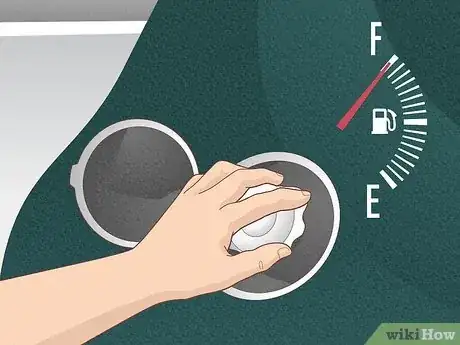
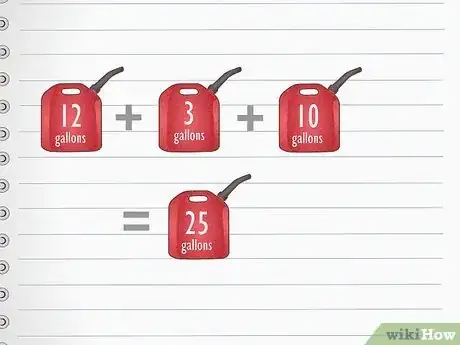
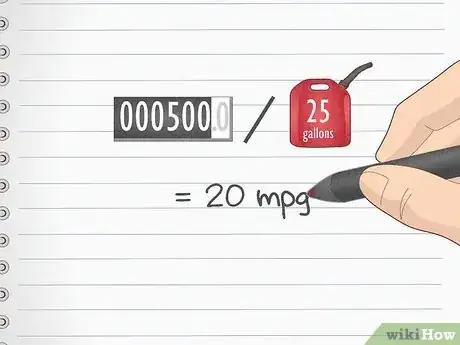

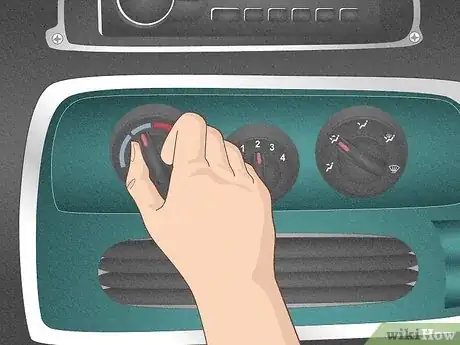
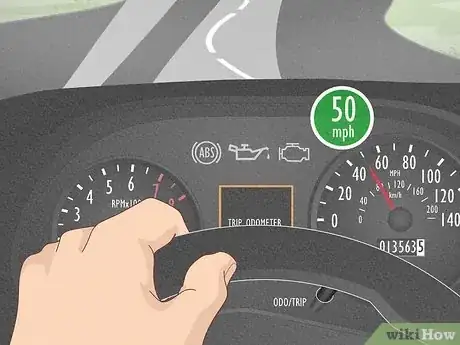
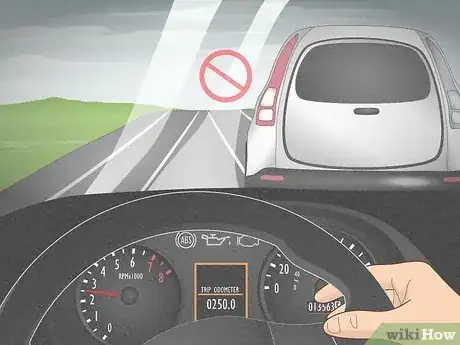

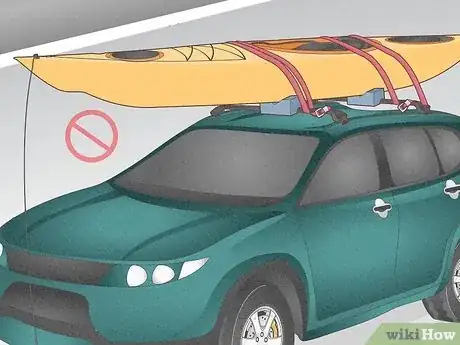
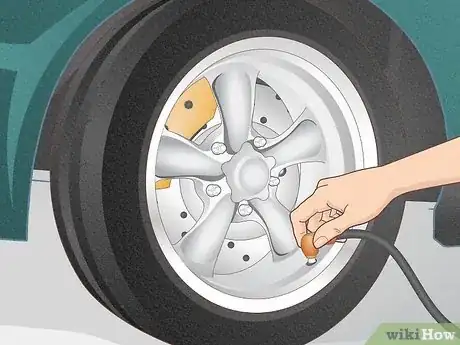
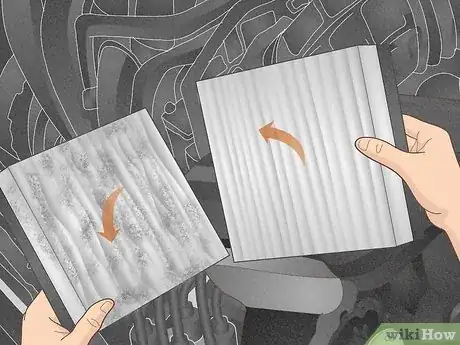
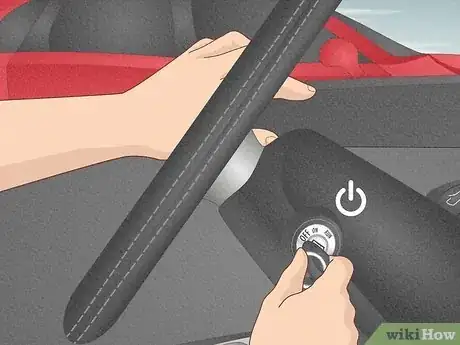
-Step-9-Version-2.webp)
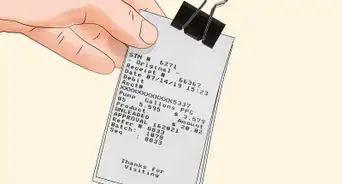
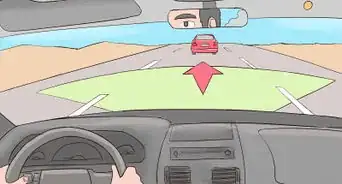
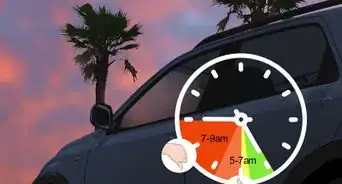
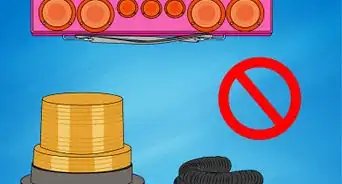





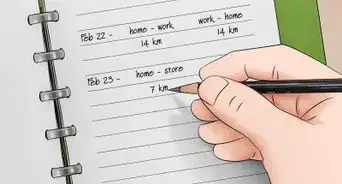
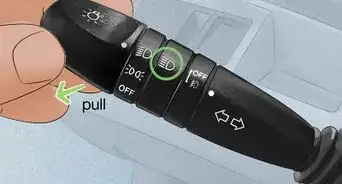










-Step-9-Version-2.webp)
